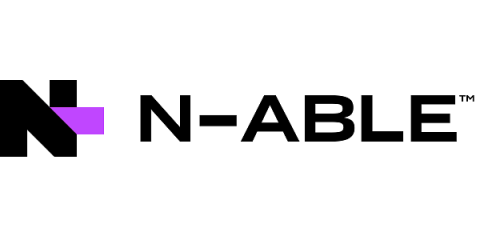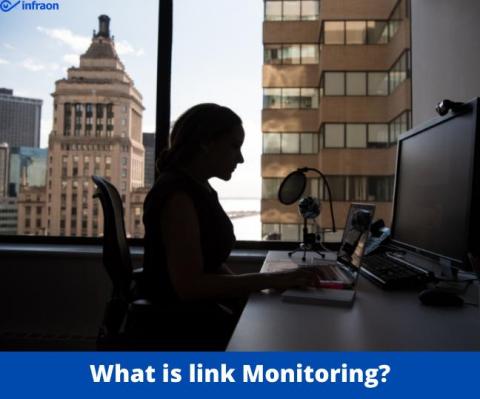12 Best VPN Providers You Should Consider in 2022
VPNs (Virtual Private Networks) aren’t new. They’ve been around for almost three decades and are used by practically every organization and individual who pays attention to data privacy. But the kind of benefit every user derives from a VPN may differ. While some may use it simply to protect their confidential data when browsing the internet, others may use it to escape data throttling. After all, a VPN can help you break the bandwidth barriers your ISP imposes on you.










